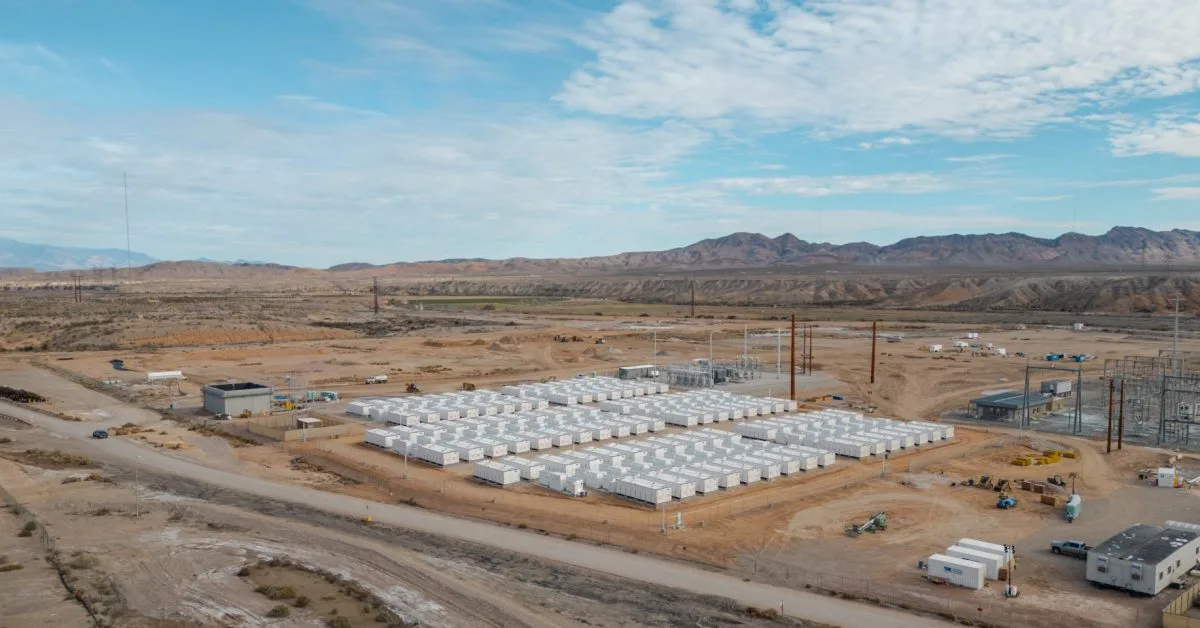I’d like to see these spread through neighborhoods, rather than at one central location. It would cut down on power outages due to storms/downed lines.
I guess they built it there so it can make use of existing infrastructure without too many major changes .
That drives up maintenance significantly. You suddenly need your technicians driving around everywhere servicing small units rather than at one central location making sure the main unit is online.
🤷♂️. Like technicians aren’t already driving around servicing transformers and downed power lines. It’s not like a battery pack requires daily maintenance.
Both is better. Centralised is more efficient for maintenance and cost. Distributed allows less transport cost for the power and less chance of total failure, ut more chance of individual failure.
One of the issues with transitioning is the grid is designed with large plants in mind. Using existing infrastructure more efficiently makes renewables more attractive for investment, which hastens the transition.
Large scale batteries tend to need to be connected to the grid to function, they need to sync with the grid frequency, and can’t run by themselves.
Home battery banks are a thing. EVs also work. We are moving towards virtual power plants and micro grids just that most power grids were not designed for power consumers to also be power generators. They are working through the technical standards like OCPP. …
The large-scale electrification of vehicles, fleets, and marine ports presents a threat to the grid, and as such it is crucial to bring chargers into the equation of energy demand and response systems. The combination of the OCPP with the Open Automated Demand Response (OpenADR) protocol or the Open Smart Charging Protocol (OSCP) turns a charger into a flexibility provider that can react to changes in demand response (DR) within a distributed energy resource (DER) energy ecosystem. Accordingly, an uninformed charging process can be converted into a smart technique, which is able to throttle or postpone a charging process based on currently and locally available grid capacity.
NV Energy CEO Dough Cannon
That’s the real highlight here
The Company’s comprehensive offerings include proprietary gravity-based storage, battery storage, and green hydrogen energy storage technologies.
It looks like they used lithium ion batteries for this but I’m not confident in that. I only poked around their website a little, tho. I’m curious what gravity based would look like. Maybe I should poke around more!
Tom Scott: Britain’s largest battery is actually a lake
That’s really cool! I’m not sure where this fits in on the renewable spectrum (i could have missed it) but I haven’t heard about this. Thanks for sharing!
Isn’t gravity based the thing where the mechanism is, crudely, a rock tied to a rope gets lifted, then the mechanism locks it, and when energy is needed the lock releases, dropping the rock and spinning the turbine?
Takes more energy to lift the rock, but the lock costs almost no energy, and when energy depletes, the lock releases, drops the rock, and offers reserve energy.
Basically all electricity generation, but a rock and a rope.
Hydroelectric Dams are a gravity based battery. Crudely, water falling spins the turbine generating electricity. One of the few power generating methods that doesn’t involve first turning water to steam to spin the turbine.
There’s several gravity based things. Some lift a piston of rock, some drop weights down old mine shafts…
Maybe? I’ve also read about using water storage. I really don’t know much about using gravity.





